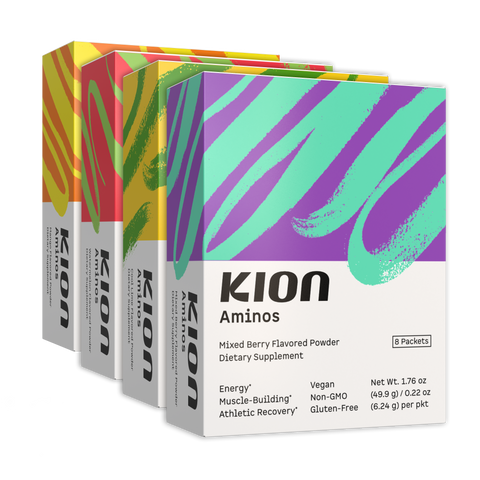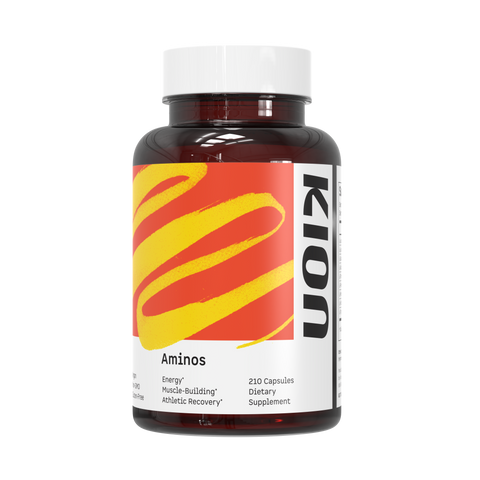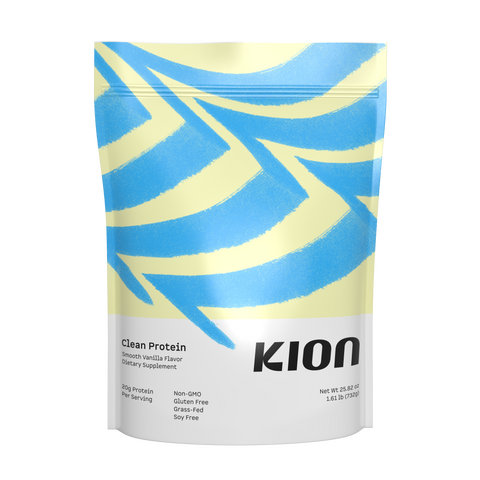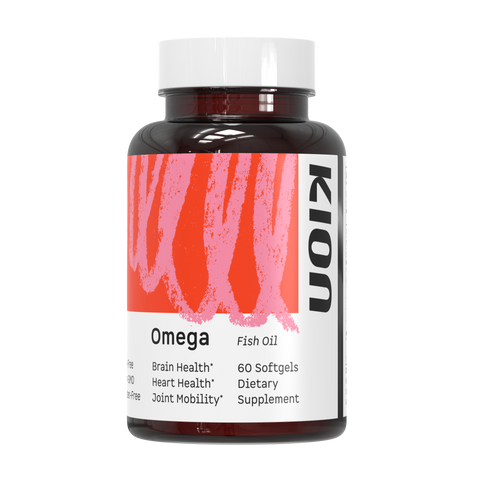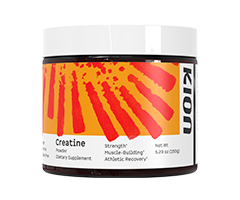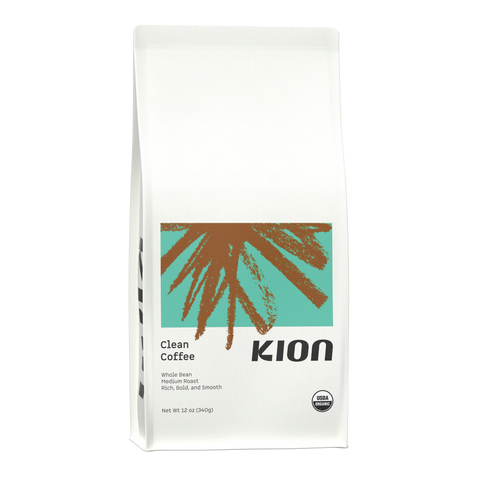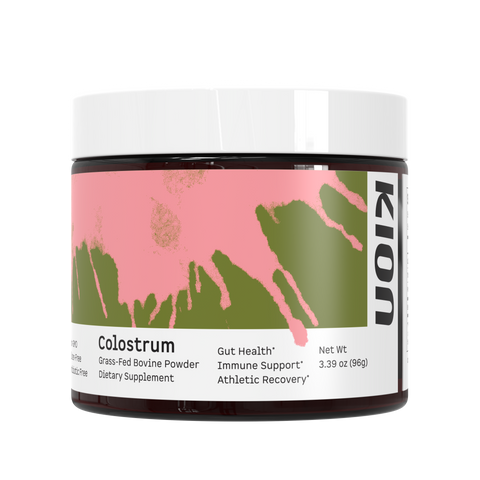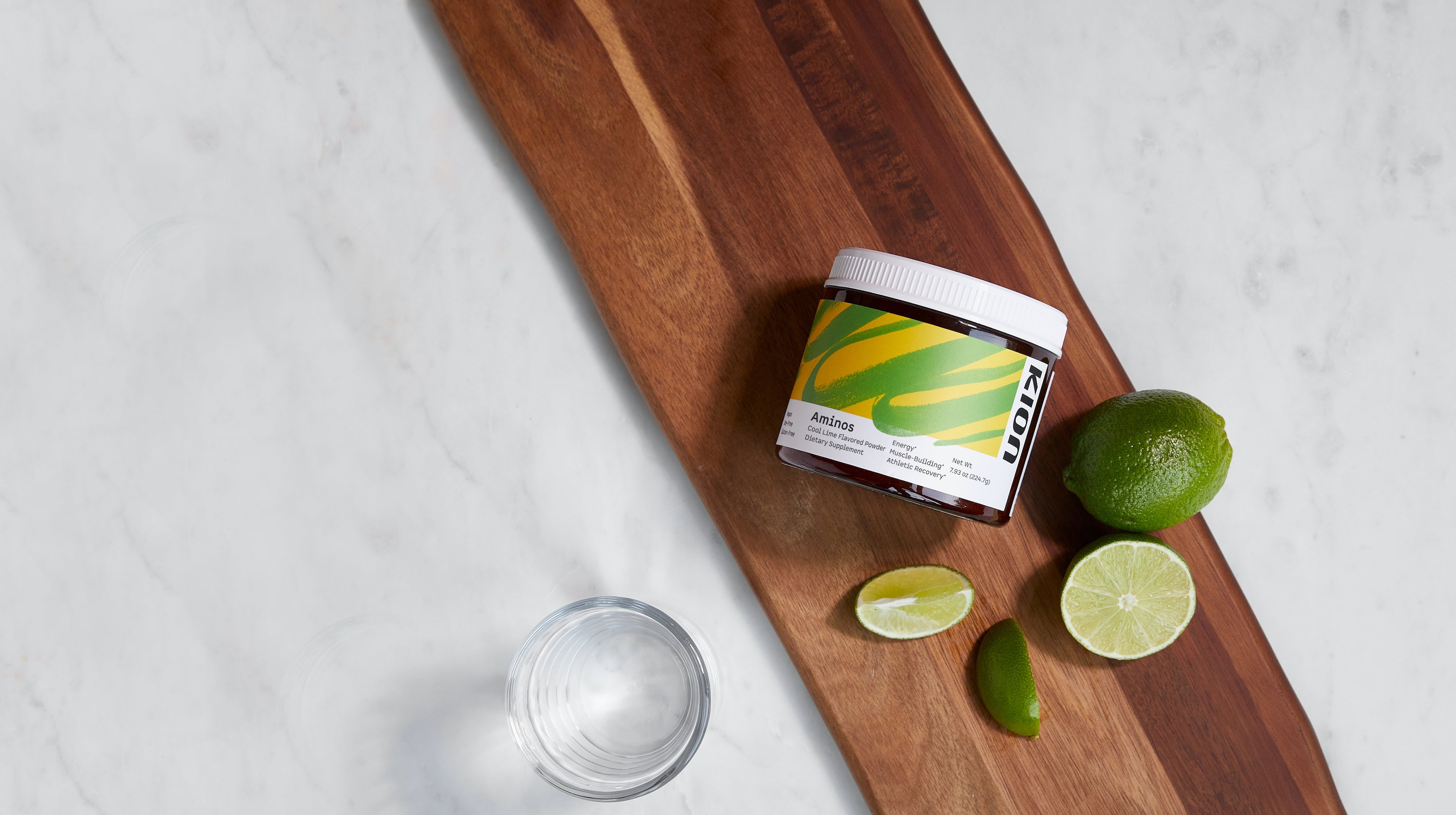In today's fast-paced and high-stress world, achieving and maintaining a healthy body composition is more difficult than ever.
With abundant access to high-calorie food, overeating due to stress and other triggers, and careers and lifestyles that significantly reduce physical activity from everyday life, it's easy to see why more than 2 out of every 3 Americans are overweight.
And to make matters even more difficult, fad diets, misinformation, and quick fixes often promise immediate results but fail to deliver long-lasting changes.
For long-term, sustainable weight loss, you may simply need to reframe the way you think about losing weight.
In this article, you'll learn why it's important to focus not on losing weight, but on losing fat while maintaining muscle—along with some simple and practical tips for doing so.
Reimagining Weight Loss
Many weight loss plans still have you start out with calculating your BMI in order to establish a baseline measurement of how much weight you should aim to lose.
However, it is now understood that BMI doesn’t accurately reflect healthy body composition.
For example, someone who is considered to have a normal weight by their BMI may actually have excess body fat and therefore be considered to be unhealthy.
Conversely, a person with more muscle (which weighs more than fat) may have a high BMI and considered unhealthy, when in reality they are in great physical shape.
What is known for sure is that an increasing amount of body fat increases the risk of diseases like heart disease and type 2 diabetes, among others—and that BMI does not appear to be an accurate predictor of ones health.
By better understanding the impact of muscle on your weight and overall health, you can redefine your approach to weight loss and prioritize the development of a lean, toned physique over mere weight reduction.
How Calorie Deficit Diets Work
When it comes to losing weight, there is no disputing calories in, calories out and the efficacy of a calorie deficit diet.
Simply put, a calorie deficit occurs when you consume fewer calories than your body burns, forcing it to tap into stored fat for energy.
To start a calorie deficit diet, determine your daily caloric needs based on factors such as age, gender, weight, activity level, and goals. Once you have this information, you can establish a target calorie intake that is lower than what your body requires to maintain its current weight.
However, sustaining a calorie deficit to achieve sustained fat loss is easier said than done for most, with side effects including hunger, physical and mental fatigue, and muscle loss.
One often overlooked drawback of being in a calorie deficit is that it can lead to muscle being burned at the same rate as fat.
In addition to muscle being necessary for a lean, toned physique, there’s another very important reason you don’t want to lose muscle if your goal is fat loss: muscle helps you burn fat. It does this by raising your metabolism and it increases your basal metabolic rate.
If you’re losing muscle along with fat, you’re significantly diminishing your body’s ability to burn fat.
Practical and Simple Solutions
So what's the best way to lose fat while maintaining muscle for a sustainable weight loss journey that prioritizes a lean, toned physique?
A combination approach that considers diet, exercise, and lifestyle modifications while prioritizing muscle maintenance over total weight lost will help you lose fat and maintain a healthy body composition.
Focusing on the following solutions can help you finally get the body you want:
Consume fewer calories than you burn: As mentioned earlier, being in a calorie deficit is the only tried and true method for losing weight. Take in fewer calories than your body burns in a given day as an important part of sustained fat loss. This can be achieved by more physical activity (calories out), changes in diet (calories in), or a combination of both.
Get sufficient sleep: The importance of sleep can not be overstated as inadequate sleep has been linked to weight gain and difficulty losing weight. Aim for 7-9 hours of sleep each night.
Manage stress: Chronic stress can lead to weight gain and make fat loss challenging. Incorporate stress management techniques, such as meditation, yoga, or deep breathing exercises, into your daily routine.
Engage in regular physical activity: Combine both aerobic exercise (such as brisk walking, swimming, or cycling) and strength training to create a well-rounded fitness routine that supports fat loss and muscle maintenance.
Monitor portion sizes: Be mindful of portion sizes and pay attention to hunger and be aware of how full you feel to avoid overeating.
Adopt a balanced diet: Focus on consuming nutrient-dense whole foods, such as fruits, vegetables, whole grains, lean proteins, and healthy fats. Avoid processed and high-sugar foods, which can contribute to weight gain and hinder fat loss efforts.
Prioritize protein intake: Protein has a higher thermic effect of food compared to carbohydrates and fats, meaning that it requires more energy to digest, absorb, and process protein-rich foods.
Aim to consume a source of high-quality, complete (containing all 9 EAAs) protein with each meal. Foods rich in protein that contain all 9 EAAs include meat, poultry, fish, eggs, dairy products, and some plant-based foods.
More on the Importance of EAAs for Fat Loss
It is undeniable that protein plays a vital role in sustainable fat loss. Protein requires more energy to digest, helps preserve muscle mass during weight loss, and helps you feel full—making it easier to stick with to a calorie deficit diet.
EAAs, the building blocks of protein, are particularly important for a healthy body composition.
These amino acids cannot be synthesized by the body and must be obtained through your diet.
The key role EAAs play in promoting a healthy body composition is related to the fact that they are required to stimulate muscle protein synthesis (MPS) and promote muscle growth and repair.
By consuming a diet rich in EAAs, you can achieve sustainable fat loss while preserving lean body mass.
Kion Aminos for Sustainable Fat Loss
Kion Aminos provides a scientifically formulated blend of all nine EAAs in a delicious, fruit-flavored drink, making them the optimal solution for individuals seeking to support sustainable fat loss.
They are quickly absorbed by the body, ensuring that the EAAs are readily available for muscle preservation, MPS, and repair.
EAA supplements like Kion Aminos are 2-5x more effective at stimulating MPS than even high-quality, complete proteins.
Kion Aminos can be easily incorporated into a balanced diet, offering a convenient and effective way to ensure adequate EAA intake. As a supplement, they are ideal for individuals with dietary restrictions or those seeking a high-quality, vegan-friendly protein source.
Kion Aminos can be taken with food devoid of complete proteins to ensure you are getting all 9 of the EAAs your body needs to build and maintain lean muscle as well as in between meals to keep you satiated and prevent lean muscle loss.
And because Kion Aminos gives you energy without stimulants, taking them while in a calorie deficit can support you on your fat loss by naturally boosting your physical and mental energy.
Summary
Sustainable fat loss requires a combination of dietary changes, physical activity, and lifestyle modifications.
Emphasizing EAAs in the diet plays a crucial role in maintaining muscle mass while losing fat.
Kion Aminos offers a convenient and effective way to ensure optimal EAA intake, making them an ideal solution for individuals seeking to achieve and maintain sustainable fat loss.
Support a lean, toned body.
Buy Now
Scientific Research
- Centers for Disease Control and Prevention. Adult obesity facts. https://www.cdc.gov/obesity/data/adult.html. Accessed March 26, 2023.
- Chaput JP, Tremblay A. Insufficient sleep as a contributor to weight gain: an update. Curr Obesity Reports. 2012;1:245-256.
- Goss AM, Goree LL, Ellis AC, Chandler-Laney PC, Casazza K, Lockhart ME, Gower BA. Effects of diet macronutrient composition on body composition and fat distribution during weight maintenance and weight loss. Obesity (Silver Spring). 2013 Jun;21(6):1139-42.
- Hall KD, Kahan S. Maintenance of Lost Weight and Long-Term Management of Obesity. Med Clin North Am. 2018;102(1):183-197.
- Harvard T.H. Chan School of Public Health. The Nutrition Source. https://www.hsph.harvard.edu/nutritionsource/healthy-weight/best-diet-quality-counts/. Accessed March 26, 2023.
- Jäger R, Kerksick CM, Campbell BI, et al. International Society of Sports Nutrition Position Stand: protein and exercise. J Int Soc Sports Nutr. 2017;14:20.
- Moon J, Koh G. Clinical Evidence and Mechanisms of High-Protein Diet-Induced Weight Loss. J Obes Metab Syndr. 2020 Sep 30;29(3):166-173.
- Paddon-Jones D, Westman E, Mattes RD, Wolfe RR, Astrup A, Westerterp-Plantenga M. Protein, weight management, and satiety. Am J Clin Nutr. 2008;87(5):1558S-1561S.
- Periasamy M, Herrera JL, Reis FCG. Skeletal Muscle Thermogenesis and Its Role in Whole Body Energy Metabolism. Diabetes Metab J. 2017;41(5):327-336.
- PubChem. Histidine. https://pubchem.ncbi.nlm.nih.gov/compound/Histidine. Accessed March 23, 2023.
- PubChem. Isoleucine. https://pubchem.ncbi.nlm.nih.gov/compound/l-Isoleucine. Accessed March 23, 2023.
- PubChem. Leucine. https://pubchem.ncbi.nlm.nih.gov/compound/Leucine. Accessed March 23, 2023.
- PubChem. Lysine. https://pubchem.ncbi.nlm.nih.gov/compound/L-lysine. Accessed March 23, 2023.
- PubChem. Methionine. https://pubchem.ncbi.nlm.nih.gov/compound/L-methionine. Accessed March 23, 2023.
- PubChem. Phenylalanine. https://pubchem.ncbi.nlm.nih.gov/compound/L-phenylalanine. Accessed March 23, 2023.
- PubChem. Threonine. https://pubchem.ncbi.nlm.nih.gov/compound/L-threonine. Accessed March 23, 2023.
- PubChem. Tryptophan. https://pubchem.ncbi.nlm.nih.gov/compound/L-tryptophan. Accessed March 23, 2023.
- PubChem. Valine. https://pubchem.ncbi.nlm.nih.gov/compound/Valine. Accessed March 23, 2023.
- Salmón-Gómez L, Catalán V, Frühbeck G, Gómez-Ambrosi J. Relevance of body composition in phenotyping the obesities [published online ahead of print, 2023 Mar 17]. Rev Endocr Metab Disord. 2023;10.1007/s11154-023-09796-3.
- Scott KA, Melhorn SJ, Sakai RR. Effects of Chronic Social Stress on Obesity. Curr Obes Rep. 2012 Mar;1(1):16-25.
- Stiegler P, Cunliffe A. The role of diet and exercise for the maintenance of fat-free mass and resting metabolic rate during weight loss. Sports Med. 2006;36(3):239-262.
- Swift DL, Johannsen NM, Lavie CJ, Earnest CP, Church TS. The role of exercise and physical activity in weight loss and maintenance. Prog Cardiovasc Dis. 2014;56(4):441-447. doi:10.1016/j.pcad.2013.09.012
- Wolfe RR. Branched-chain amino acids and muscle protein synthesis in humans: myth or reality?. J Int Soc Sports Nutr. 2017;14:30.
- Xenaki N, Bacopoulou F, Kokkinos A, Nicolaides NC, Chrousos GP, Darviri C. Impact of a stress management program on weight loss, mental health and lifestyle in adults with obesity: a randomized controlled trial. J Mol Biochem. 2018;7(2):78-84.




